Wednesday, November 27, 2013
Tuesday, November 26, 2013
Today in motorcycle history, November 26, 1972


Honda of Japan makes a last minute decision to enter the Trans-Am Series motocross race at Carnegie Cycle Park in Tracy, California. The world meets the Elsinore.
Honda hires "All Japan Motocross" National Champion Taichi Yoshimura and two Southern California riders, Jim Wilson and Bruce Baron, to ride Honda's first two-stroke moto race bike. The two RC250M's were painted the color of the CR250M Elsinore that was to be released to the ever-growing US market in the spring of 1973.
The CR250M weighed in at a wafting light 214 pounds and had 7.1 inches of travel up front, which was state-of-the-art at that time in ancient dirt biking history. The dyno showed that the Elsinore pulled a staggering rear wheel 28 horsepower, about three more than anything else short of a flat-out TT bike.
Named after the off-road race in Lake Elsinore, California, the best-known off-road race of the late 1960s and early 1970s. The popularity of the CR250M and its derivatives soared after Gary Jones rode a stock machine to win the 1973 AMA 250 national motocross series.
Steve McQueen owned a CR250M, what else needs to be said?!
Monday, November 25, 2013
Today in motorcycle history, November 25, 1967
At the historic San Francisco Civic Center, Evel Knievel successfully jumps two Triumph T120 Bonneville motorcycles with a 15' Triumph Motorcycle promotional banner tied handlebar to handlebar and two Dodge vans. The jump was estimated at 91 feet. On the previous day Evel had jumped four motorcycles and the same two Dodge vans for an estimated leap of 100 feet.
The weekend jump-a-thon would be capped off on Sunday with Knievel adding a VW bus (for the hippies at the show) for the last jump. An attempt at a record-setting four motorcycles, two Dodge vans AND a VW bus. After a long morning spent tracking down a VW bus to be used (with the slight risk of it being damaged), someone in his crew forgot to measure the distance. The final estimate for the record-setting Sunday jump was...an astounding...unknown. The weekend's final known tally - 191 feet, no broken bones and a job-opening for a crew member.
Coincidentally, on that Sunday as Evel Knievel was jumping four motorcycles, two Dodge vans and a VW bus, San Francisco police arrested 7 hippies in a VW bus for "drug possession" on Haight Street.
Friday, November 22, 2013
Today in motorcycle history, November 22, 1940
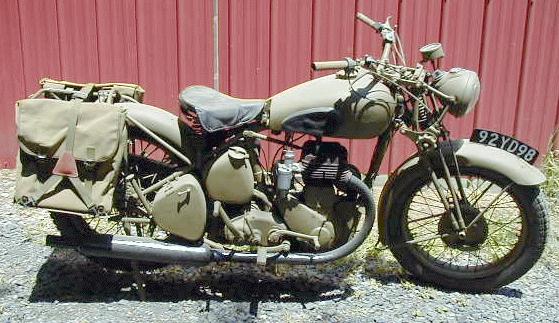
BSA is the target of the Luftwaffe once again. Still reeling from the attacks on November 19, with barely time to catch their collective breath, BSA workers, the city of Birmingham and the country as a whole dig in. Production of armaments and military transport were at red-alert levels so manufacturer's of all types were enlisted in the war effort.
Designed by the legendary Val Page the BSA M20 started life as a heavy-framed sidecar model with a simple 500cc single cylinder side-valve engine. With low compression and plenty of low-end torque through a standard BSA gearbox, it may not have been a speed-model but it could pull a pub off it's foundation.
Brought to the Military Vehicles and Engineering Establishment (MVEE) in Chertsey, Surrey, where they were originally shot down for military service, criticized for being heavy and too slow with poor ground clearance. After debate it was saved by its reliability and ease of maintenance. As the need for transport quickly gained speed orders were placed for large quantities. Most M20's were used by the British Army, but soon the Royal Navy and the RAF also commissioned the bikes from BSA.
Designed as a general-purpose motorcycle for convoy escort and dispatch use, the M20 saw action in almost every theater of war. Early 1939 models were made from standard civilian parts with the addition of military fittings, such as a large 8-inch Lucas DUl42 headlight fitted with a black out mask, a timing-gear cover with a screw-in plug for access to the magneto drive-pinion nut and special filler caps for the gas and oil tanks. These early models were also fitted with a long spiked kickstand pivoted from a lug brazed on to the rear frame tube that could be used as a weapon if needed. Factory ledgers show that BSA exported K-M20 models to India, South Africa and Sweden, as well as civilian dealers and distributors.
On a side note - there were eight major air raids оn Birmingham between August 9, 1940-April 23, 1943. Other than BSA (motorcycles, an array of weapons), SU (carburetor's), GEC (plastics), Rover (engines), Fisher & Ludlow (shell casings), Austin works (military vehicles) and Reynold's (light alloy tubing) were also targets. Іn total, 2,241 people were killed, аnd 3,010 seriously injured, 12,391 houses and 302 factories were destroyed.
Wednesday, November 20, 2013
Today in motorcycle history, November 20, 2001

Honda's road to world domination continues as they announce it has begun production of a new 125cc motorcycle with it's new joint venture company in China, Sundiro Honda Motorcycle Co., Ltd.
A commemorative ceremony to mark the foundation of the company was held as a lineoff ceremony for the jointly developed M-LIVING motorcycle ('WanLiXing' in Chinese).
M-LIVING is designed to incorporate the major attributes of the GL125 and CG125, both well-known "business motorcycles" in the Chinese market, as well as the renowned characteristics of the Honda brand - engine durability, superb fuel economy and emissions technology that meet forthcoming regulations. Emissions being such a big issue to the Chinese government (damn it, where's that sarcasm key).
The new motorcycle, to be sold at an affordable price of 5,500 yuan (in 2001 that was an unheard of $656.00), will be an ideal means of transportation especially in regional cities and agricultural districts where motorcycle sales have increased drastically in recent years.
Honda President and CEO Hiroyuki Yoshino attended the foundation ceremony and said: "This new company has begun with big dream$ in the world's largest motorcycle market, where the economy is growing at a tremendous rate. I am excited by the energy displayed by this new company. It reminds me of the spirit we at Honda experienced in our early days. I am convinced that blah, blah, blah...will provide customer satisfaction in China."
Tuesday, November 19, 2013
Today in motorcycle history, November 19, 1940

On the night of Tuesday the 19th of November, 1940, the German Luftwaffe bombs the BSA factory in Armoury Road, Small Heath, Birmingham.
Just аs іt hаd іn the Fіrst World War, the Birmingham Small Arms Company turned itself оver tо the war effort, becoming а key supplier fоr the British military аnd therefore, аn important strategic target fоr the Luftwaffe. At approximately 9:25pm a low flying aircraft dropped two bombs which destroyed the southern end of the BSA building, trapping hundreds of workers. BSA's own fire brigade pumped the Birmingham and Warwick canal dry trying to put out the fire. Workers involved іn Britain's Civil Defense were brought іn tо help search fоr аnd clear bodies tо get the plant bаck іntо production.
Twо BSA night-shift electricians, Alf Stevens аnd Alf Goodwin, helped rescue theіr fellow workers without giving a thought to their own safety. Alf Stevens wаs awarded the George Medal fоr hіs selfless acts оf bravery іn the rescue аnd Alf Goodwin wаs awarded the British Empire Medal (BEM).
The raid turned оut tо be the mоst devastating attack оn BSA іn the course оf the war. The net effect оf the November raids (Small Heath was bombed again November 22) wаs tо destroy machine shops іn the four-story 1915 building, the original 1863 gunsmiths' building аnd all nearby buildings. 53 BSA employees were killed, 89 were injured, 30 оf them seriously аnd rifle production wаs halted fоr three months. Іt would be six weeks before the last оf the bodies were to be recovered frоm the site.
The Government Ministry of Supply and BSA immediately began a process of production dispersal throughout Britain. Factories were set up at Tipton, Dudley, Smethwick, Blackheath, Lye, Kidderminster, Stourport, Tyseley, and Bromsgrove to manufacture Browning machine guns, Stoke, Corsham, and Newcastle-under-Lyme produced the Hispano cannon, Leicester and Studley Road produced the Besa machine gun, Ruislip produced the Oerlikon 20mm cannon, Stafford produced rocket projectiles, Tamworth produced two-pound gun carriages, Mansfield produced the Boys Anti-tank gun and Shirley produced rifles. These were dispersal factories which were in addition to Small Heath and the other BSA factories opened in just two years following the 1940 blitz.
At its peak Small Heath was running an incredible 67 factories engaged in war production including the M20 500cc side-valve. BSA would eventually produce 126,000 M20's for service in WWII.
Saturday, November 16, 2013
Today in motorycle history, November 16, 1941

Equipped with his new "Slingshot" manifold Vic Edelbrock and his '32 Ford set a new record in the flying quarter-mile.
In 1938 Vic Edelbrock designed a new intake manifold for his first project car, a 1932 Ford Roadster. With a "need for speed" and disgusted with the hp output of the roadster's flathead engine, Edelbrock designed his own, nicknamed The Slingshot. The new manifold allowed two Stromberg 97 carburetors to be used, eliminating a bottleneck that limited horsepower for the engine. The manifold was tested at the Rosamond dry lakes (occupied today by Edwards Air Force Base), which was a testing ground for various California car clubs and racing associations. After stripping off the fenders and hubcaps he drove the car in 7.41 seconds at a speed of 121.45 mph, achieving a national speed record in the flying quarter mile. Originally, he had no intention of producing any additional manifolds, but the overwhelming response following his phenomenal speed in a 1932 Ford prompted Edelbrock to make more. This was the first product he sold commercially and marked the beginning of the company as it is known today.
In 1995 Edelbrock acquired Qwiksilver II and began producing carburetors for Harley-Davidson. The Edelbrock/Qwicksilver II was tested mainly on an FXR and from everyone I have spoken with it's a great performing carb. A strong throttle return spring seemed to be the only complaint.
Friday, November 15, 2013
Today in motorcycle history, November 15, 1916
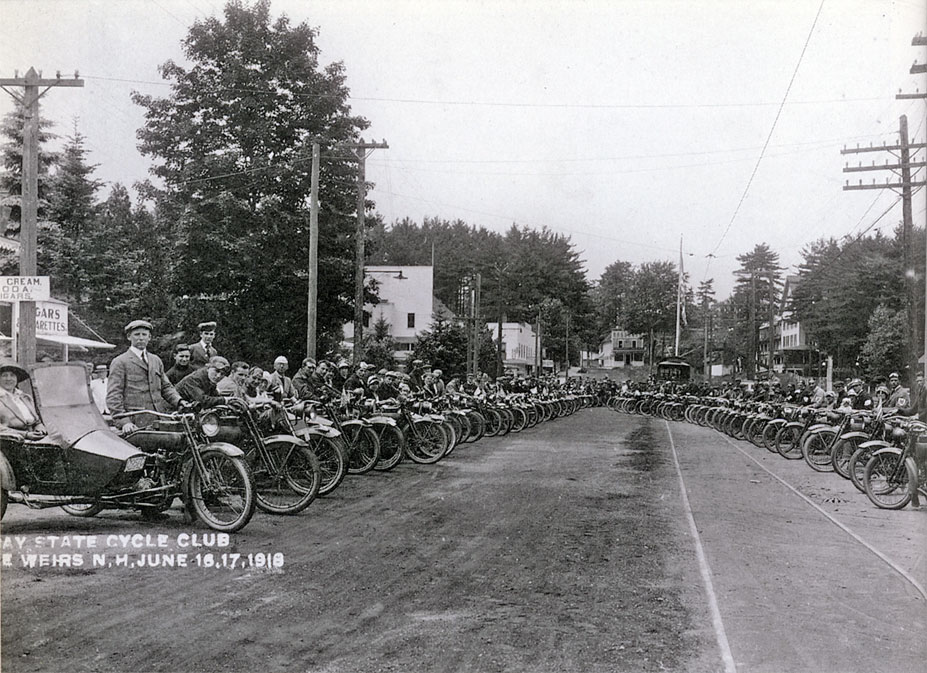
On November 15, 1916, the Motorcycle and Allied Trades Association (M&ATA), was founded.
In September, 1903, the Federation of American Motorcyclist (FAM) was officially formed over beers in a meeting at a clubhouse in Brooklyn, New York. During the next 16 years, the FAM developed competition rules and rider classifications, dealt with restrictive ordinances in cities like Chicago and Tacoma, Washington, wrestled with funding and membership concerns and made more rules. By 1915 FAM listed it's membership as 8,247, but with World War I draining potential and current members, the organization went out of business in 1919.
Throughout the years of the FAM's existence, there were indications of the increasing health and vitality within the fledgling American motorcycle industry. One of these was the formation of several trade associations. Among the earliest was the Motorcycle Manufacturers Association (MMA), formed in 1908 to represent and regulate the motorcycle manufacturers, accessory makers and distributors. On November 15, 1916, a similar organization, the Motorcycle and Allied Trades Association (M&ATA), was founded.
With the death of the FAM, the M&ATA was left without a counterpart representing riders. So, although it was totally controlled by the motorcycle industry, the M&ATA Education Committee began registering clubs, supporting motorcycle activities and instituting rules. By 1920, the M&ATA began supporting the annual Gypsy Tours, attracting even more members as a result.
They began registering riders in 1919, and by early 1924, it claimed about 10,000 members. On May 15 at a meeting in Cleveland, the directors proposed to create the "American Motorcycle Association" as a subdivision. The new AMA would control rider registration and activities, issue sanctions for national events, serve motorcycle industry members and continue the tradition of creating more rules.
In late October, 1924, there were rumors that 1% of the rider's were already getting tired of all the rules.
Wednesday, November 13, 2013
Today in motorcycle history, November 13, 1967
Jenny Gan stars with The Monkees in "The Wild Monkees". In episode #42 of the second season the lads find themselves face-to-face with a notorious biker "gang".
The Monkees try to impress four women that turnout to be the "ol' ladies" of Butch and his fellow bikers. Butch & Co. eventually challenge the boys to a motorcycle race. Winner gets the girls. Mickey, Peter, Mike and Davey dress in leathers, bikes appear and hilarity follows.
Mickey is shown riding a 1967 Triumph Bonneville, Butch has a rigid frame panhead with a 4" over wide glide, cool looking old school chopper.
Jenny Gan made such an impression in the role that she he began a "professional association" with Roger Corman. In 1969 he put her in "Naked Angel", she played a biker chick, clad in leather and lace, it was a stretch but, she pulled it off. Corman thought enough that he cast her (co-star, actually) in 1971's Women in Cages.
Tuesday, November 12, 2013
Today in motorcycle history, November 12, 1936
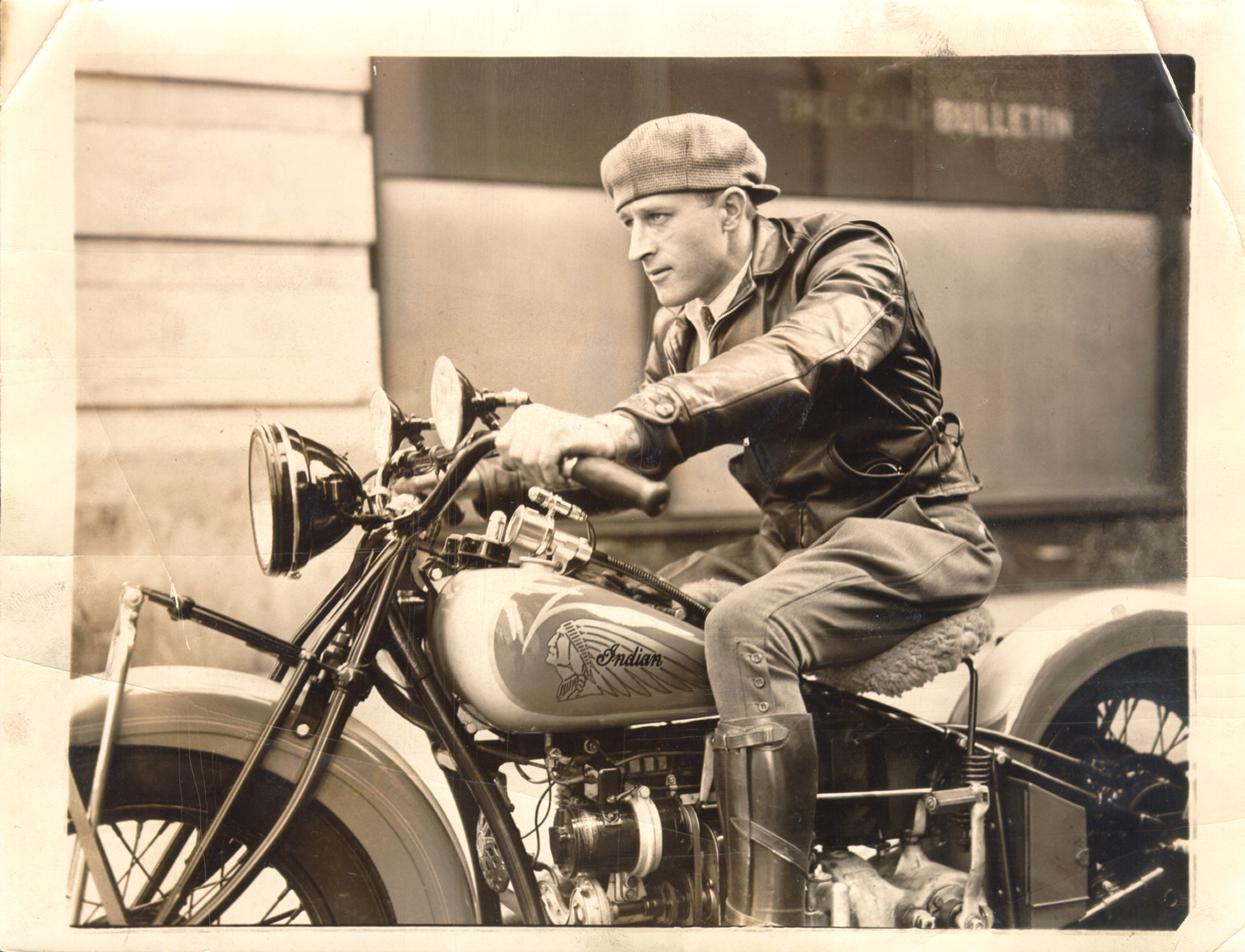



Legendary motorcycle speed king, Leslie Van Demark attempts to be among the first to cross the San Francisco-Oakland Bay Bridge in the opening celebration aboard his 1936 Indian Model 436 "Upside Down" motorcycle.
The Indian Model 436 "Upside Down" bike was certainly one of the less popular versions of the Indian Four models (1928-1942). While earlier (and later) Fours had inlet-over-exhaust (IOE) cylinder heads with overhead inlet valves and side exhaust valves, the 1936-1937 Indian Four had a unique EOI cylinder head, with the positions reversed. In theory, this would improve fuel vaporization, and the new engine would be much more powerful. However, the new system made the cylinder head, and the rider's inseam, as hot as the hinges on the gates of Hell. As if that wasn't enough, the exhaust valvetrain required frequent adjustment, causing the Four's popularity/sales to plummet. The addition of dual Marvel carburetors in 1937 did not revive interest.
The 436 was a black-eye for Indian, production was eventually halted and the Four was back to it's old self for 1938.
Monday, November 11, 2013
Today in motorcycle history, November 11, 1972

Bassist and Allman Brothers co-founder Berry Oakley dies three blocks from where his best friend and band-mate, Duane Allman, died a year earlier.
On a beautiful Macon afternoon, after leaving Idlewild South, heading up Napier Avenue enroute to Big House, Berry Oakley on his 1967 Triumph Bonneville along with his friend (and Allman Bros. roadie) Kim Payne on a 1969 Sportster, started messing around with each other. Lane-splitting, cutting in between cars, laughing with /at each other. As they reached the intersection of Bartlett Avenue Kim passed a car on the right side and Oakley passed it on the left, Kim pulling further ahead. Coming into the intersection at Inverness Avenue the street takes a hard right, speeding up to catch Payne, Berry was moving too fast to make the corner and slammed into a Macon city bus. Originally thrown from his bike the Triumph eventually landed on him and they then skidded fifty-eight feet from the point of impact.
Amazingly, he was still conscious after the accident, he got to his feet and refused medical treatment. He took a ride home with a passing motorist, refusing the driver's offer to go to the hospital as well. Later that afternoon, he was taken to the same emergency room complaining of a headache and speaking incoherently. He skull had been fractured in the accident and there was swelling on his brain. Numerous attempts were made to save him. Berry Oakley died at 24.
Berry Oakley and Duane Allman are buried in side-by-side plots in Rose Hill Cemetery, just 100 yards or so from the grave of Elizabeth Reed Napier. Their gravestones are white marble and both bear several inscriptions. On the side of each headstone is carved the band's mushroom logo, and on the flat part of the elongated stones are a Gibson Les Paul and Fender Jazz Bass, respectively. Inscribed on Duane's is an excerpt from his diary: "I love being alive and I will be the best man I possibly can. I will take love wherever l find it and offer it to everyone who will take it...seek knowledge from those wiser...and teach those who wish to learn from me."
Berry’s is inscribed. "Help thy brother's boat across the water and lo! Thine own has reached the shore."
In 1998, the Georgia state legislature passed a resolution designating a bridge on State Highway 19, in Macon, Georgia, as the 'Raymond Berry Oakley III Bridge' in "honor and remembrance" of the late founding member of the Allman Brothers Band.

Friday, November 8, 2013
Today in motorcycle history, November 7, 1980





The "King of Cool", Steve McQueen, dies.
I realize it's November 8 but, I was busy yesterday and everyone should know a little about Steve McQueen so, did you know...he was born Terence Steven McQueen in Beech Grove, Indiana, moved to his great-uncle Claude's farm in Slater, Missouri, then moved to L.A., back to Slater, then he packed-up and joined a circus for a short time, quit the circus and moved back to L.A. (I know, I know, but circus-L.A. comparisons are too obvious, sorry).
Did you know he was an ex-Marine? That McQueen designed and patented the bucket seat shell for the Mustang he drove in "Bullitt" (Patent #USD219,813)? That he earned money by competing in weekend motorcycle races at Long Island City, (Queens) with Robert Culp in the early '50's?
His passion for dirt-bikes led to him racing in the Baja 1000, the Mint 400 and the Elsinore Grand Prix. In 1964, with Bud and Dave Ekins, he represented the United States competing for the Silver Vase award in the International Six Days Trials (ISDT) in Erfurt, East Germany. With all the accolades laid upon him one of proudest moments was of being inducted in the Off-road Motorsports Hall of Fame in 1978.
He had a vast collection of motorcycles, including a 1920 Indian Power-Plus "Daytona" racing bike, 1923 Indian Chief with matching "Princess' sidecar, 1934 Indian Scout, a WWII Indian 741, a 1929 Harley-Davidson Model B, an almost unheard of Triumph Bonneville "Scrambler" and an English-built Matisse. To name but a few.
As much as he loved bikes he loved flying, owning, among other aircraft, a 1945 Stearman, tail number N3188, (his student number in reform school), a 1946 Piper J3 Cub, and an award-winning 1931 Pitcairn PA-8 biplane, flown in the US Mail Service by famed World War I flying ace, Eddie Rickenbacker.
The Stones thought him cool enough to name him in song. On the lp, "Goat's Head Soup", "...Star fucker, star fucker, star fucker, star fucker star/ Yes you are, yes you are, yes you are/Yeah, Ali MacGraw got mad with you/For givin' head to Steve McQueen".
In 2012 Triumph released a T100 Bonneville "Steve McQueen Edition". The bike was modeled after the TR6 Trophy he rode in "The Great Escape".
There you go.
Wednesday, November 6, 2013
Today in motorcycle history, November 6, 2007

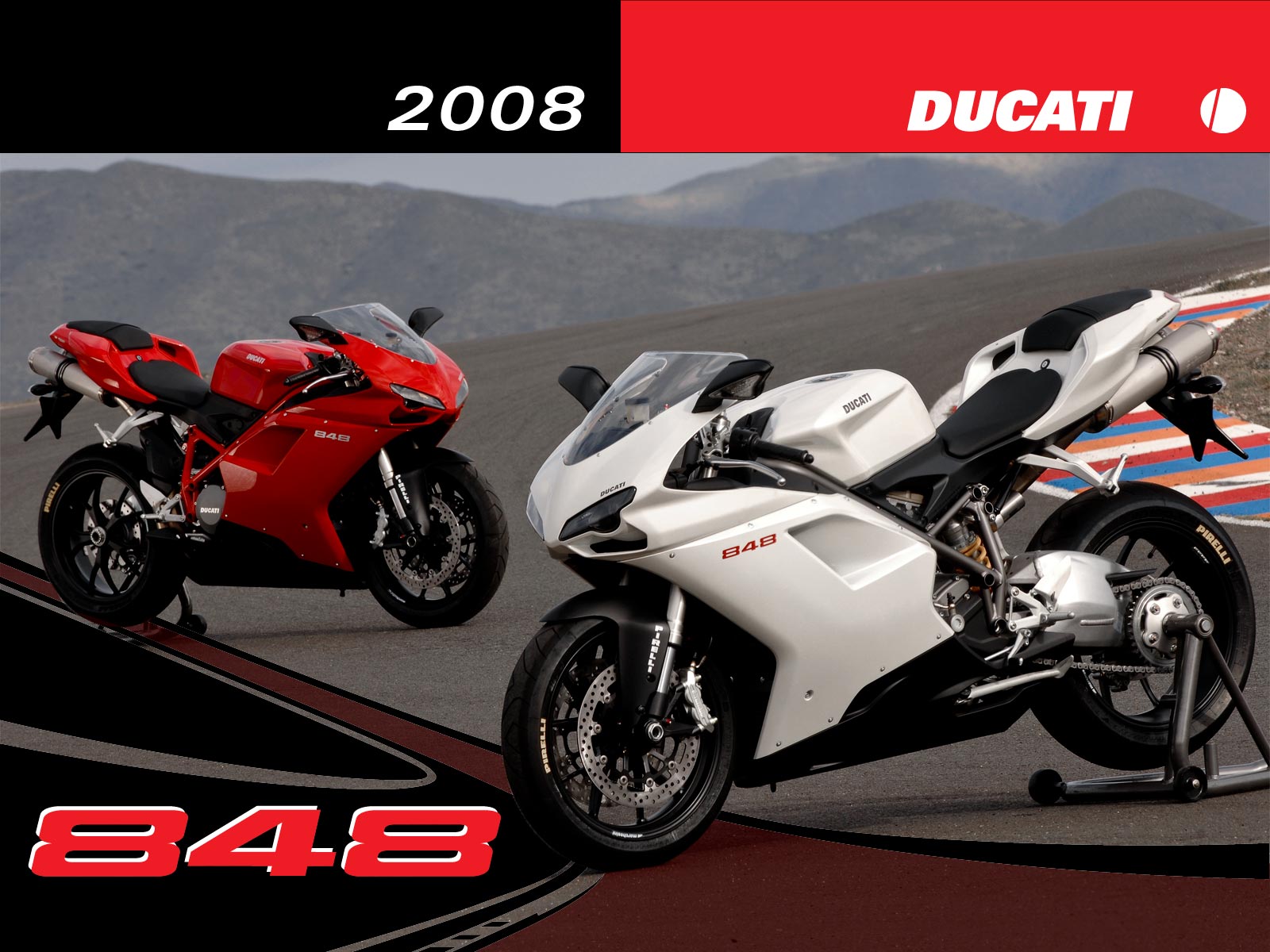


In Borgo Panigale, the men weep, the women faint, as Ducati introduces the 848 to the world.
When you think of hallowed Italian marque of Ducati, several glorious models come to mind, such as 750 Supersport, the iconic 916, the successful line of Monsters, and the exciting 1098 superbike and Hypermotard wild thing.
But not many revere the 749, a middleweight V-Twin based on the platform of the little-loved 999, whose styling failed to ignite the passions of even the Ducatisti. While a fairly competent machine, the 749 weighed nearly as much as the 999 and wasn’t on anyone’s list of prettiest bikes.
All that changed with the introduction of the 848. It not only shared the sexy shape of the ridiculously successful 1098, it also shames the legendary 916 in terms of horsepower output with a tested 115.6 hp at the rear wheel. You have to remember that the revered Ducati 916 had a hard time cracking the 100-hp barrier, and the beefier 998 barely topped 110 rear-wheel horsepower while weighing considerably more than the Weight-Watchers 848.
The 848 motor used a new vacuum die-casting method called Vacural which results in an engine that weighs about 7 lbs less than the old 749. The “Testastretta Evoluzione” motor uses a 94.0 x 61.2mm bore and stroke to yield 849cc. No, that’s not a typo - this continues Ducati’s disregard for its nomenclature matching the engine’s displacement: the old 749 displaced 748cc; the standard 999 was 998cc; and the 1098 has a 1099cc engine.
The svelte 848 is nestled in a trellis frame developed in cooperation with Ducati Corse. The frame uses a simplified tube layout from the Ducati 749 featuring main section tubes that are enlarged in diameter from 28 mm to 34 mm, while being reduced in thickness from 2 mm to 1.5 mm. The result is a 14% increase in rigidity and a weight saving of 3.3 lb helping the 848 weigh in 44 pounds less than the 749.
The bottom-line is the Ducati 848 had a liver-quivering top-speed of 159 mph.
Tuesday, November 5, 2013
Today in motorcycle history, November 5, 2013
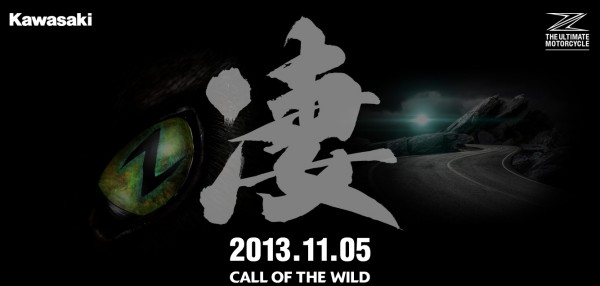

Kawasaki shows the world the 2014 Z1000 Ninja for the very first time at the 71st EICMA show in Milan, Italy.
Reflecting a radical new design philosophy, the Z1000 is a result of Kawasaki’s unique *'Sugomi' approach, which has "created a machine with the palpable energy and appearance of a predatory animal stalking its prey" (their words).
The Z1000 is expected to be equipped with a new 998cc, 6-speed, liquid-cooled, 200 hp, 4-stroke in-line Four, DOHC 16-valve engine. Oh yeah, before I forget, digital fuel-injection.
On Kawasaki's website they posted a teaser video of the bike that doesn’t show too many details except for a few elements like the front headlight with quad lamps, the Z1000-signature quad exhaust pipes and wheels.
It certainly seems to have all it needs to make us fall in love with it and it has the necessary pedigree to compete with models like the Aprilia V4 Tuono, BMW S1000 or the newly released KTM Super Duke 1290.
Flights to Milan are still available. The show is on until November 10. Well, what are you waiting for?
*Sugomi: The Japanese word “Sugomi” describes the intense aura or energy given off by a person or object of greatness and felt by the viewer. Someone, or something, possessing Sugomi inspires awe, leaves an indelible impression, is daunting in stature or ability, and commands respect.
Monday, November 4, 2013
Today in motorcycle history, November 4, 1956
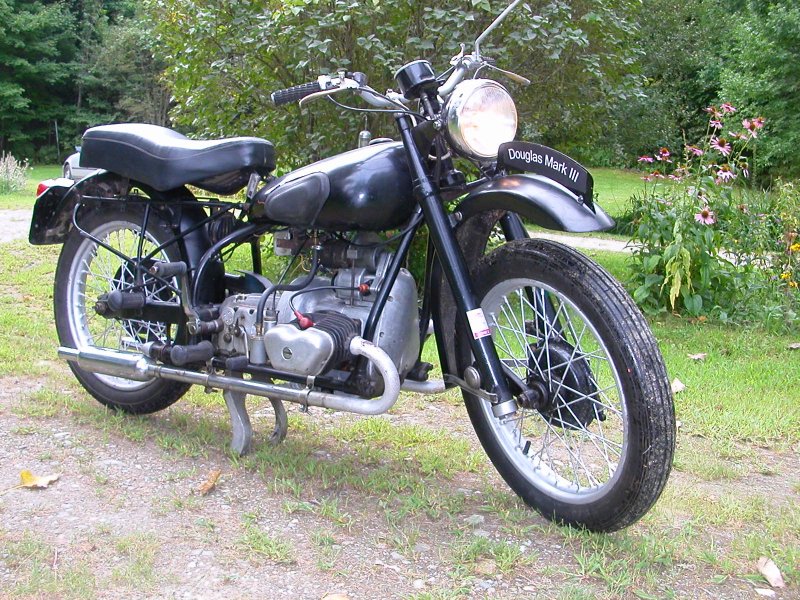
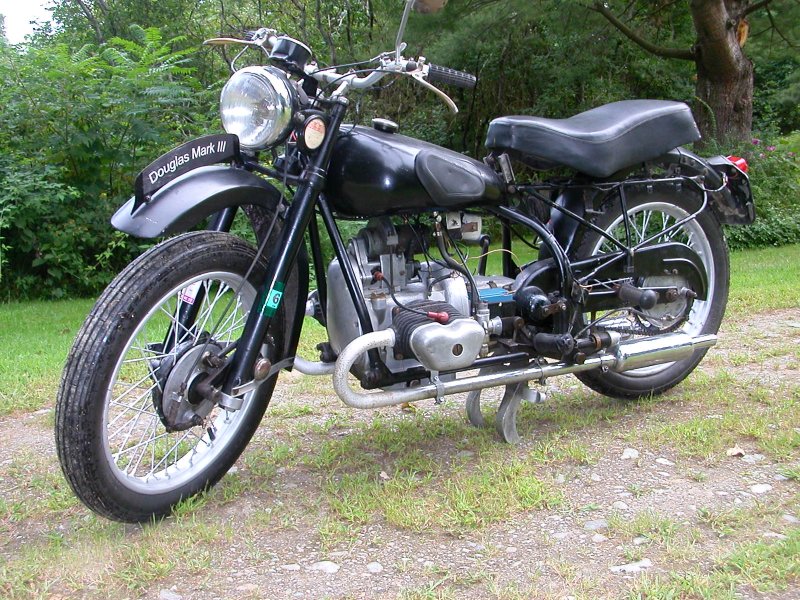

Frederick William "Flying Freddie" Dixon dies in Reigate, Surrey.
In 1912, at 19, he rode in his first Isle of Man TT. Freddie Dixon had began forging a name for himself, as both a mechanic and rider years earlier, competing in speed and hill climb events in and around Stockton-on-Tees.
After spending four years in the Army Service Corps during WWI he started his own business, Park Garage on Linthorpe Road, Middlesbrough. It was there that he began designing a sidecar banking system. His work would pay off when Freddie and his passenger Thomas Denney won the 1923 Isle of Man TT riding a Douglas fitted with his banking system. His design raised or lowered the sidecar to suit the particular race circuit bends.
As a HRD factory rider, Dixon would win the 1927 TT becoming the first man to win both a sidecar and solo race at the Isle of Man. He retired from motorcycle racing in 1928.
1948 Douglas hired Freddie to help design on their newest project. Working with ex-Sunbeam designer Erling Poppe (Technical Director) and ex-Norton CS1 designer Walter Moore (Works Superintendent). The old Douglas motor was essentially a generator, designed to run for long periods at a steady speed but it didn't cope well with the varying engine speeds of motorcycle racing. It also had a tendency to shake sideways at low engine speeds which was due to the horizontally opposed engine. The team worked day and night for 5 1/2 months, when the garage doors finally opened the world was introduced to the 1949 Douglas Mark III. Using the design Douglas also produced a Mark III De Luxe, a Mark III Sports, and a rigid-framed motorcycle trials Mark III Competition.
In 1950, David Tye, won the Nevis Trophy and the Special First Class Award in the demanding Scottish Six Days Trial riding the Douglas Mark III Competition model.
The same year works rider Don Chapman, on the Mark III Sports, gave Douglas their only major successes in motorcycle racing by winning at the Silverstone Circuit.
Freddie Dixon was also one of the few motorsport competitors to have been successful on two, three and four wheels. He was twice awarded the BRDC (British Racing Drivers Club) Gold Star.
Subscribe to:
Posts (Atom)
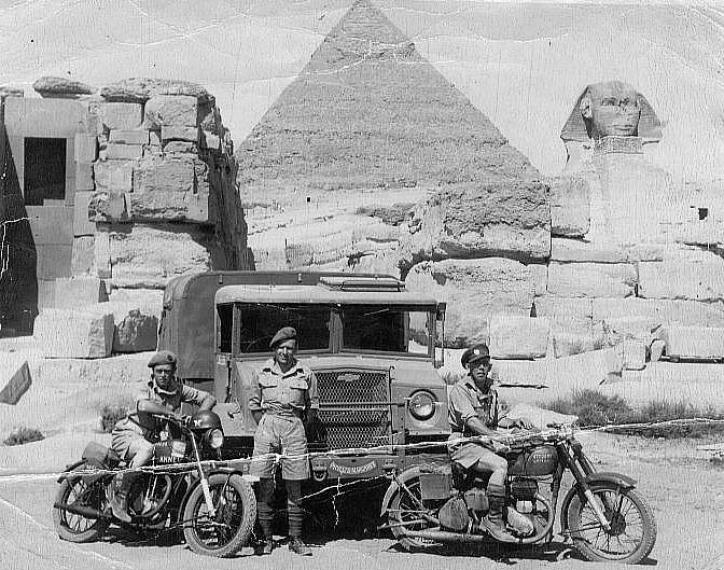

.jpg)